Disclosure: This article contains affiliate links. We may earn a commission from purchases at no extra cost to you, which helps our travel content.
When my manufacturing firm sent me to inspect facilities near both Kralendijk, Bonaire and Port Sudan within the same quarter, I immediately recognized an opportunity to compare two drastically different coastal highland environments. What began as back-to-back business trips transformed into an enlightening exploration of how mountains meet sea in two corners of the world rarely mentioned in the same breath. Both regions offer surprisingly accessible highland adventures for the prepared solo traveler, though each demands a unique approach to navigation, safety, and cultural awareness.
Bonaire's Washington Slagbaai National Park: Unexpected Caribbean Heights
Most travelers associate Bonaire with world-class diving rather than mountainous terrain, which creates a perfect opportunity for solitude in the island's northern highlands. Washington Slagbaai National Park houses Brandaris, Bonaire's highest point at a modest 784 feet, but don't let the elevation fool you—the rugged limestone formations and desert-like conditions create surprisingly challenging hiking conditions.
During my three-day extension after visiting our manufacturing partner in Kralendijk, I discovered that early morning hikes (starting no later than 7:00 AM) are essential to avoid the punishing Caribbean sun. The park's one-way road system requires strategic planning, especially if you're hoping to tackle multiple trails in a day. I recommend renting a 4WD vehicle rather than relying on taxis, as public transportation to the park is virtually non-existent.
The Subida Brandaris trail delivers an unexpectedly rigorous 45-minute climb over loose rocks and cacti-dotted terrain. At the summit, I found myself alone with panoramic views stretching across the entire island and even glimpses of Venezuela on a clear day. For proper footing on these trails, my hiking boots provided essential ankle support on the uneven terrain.
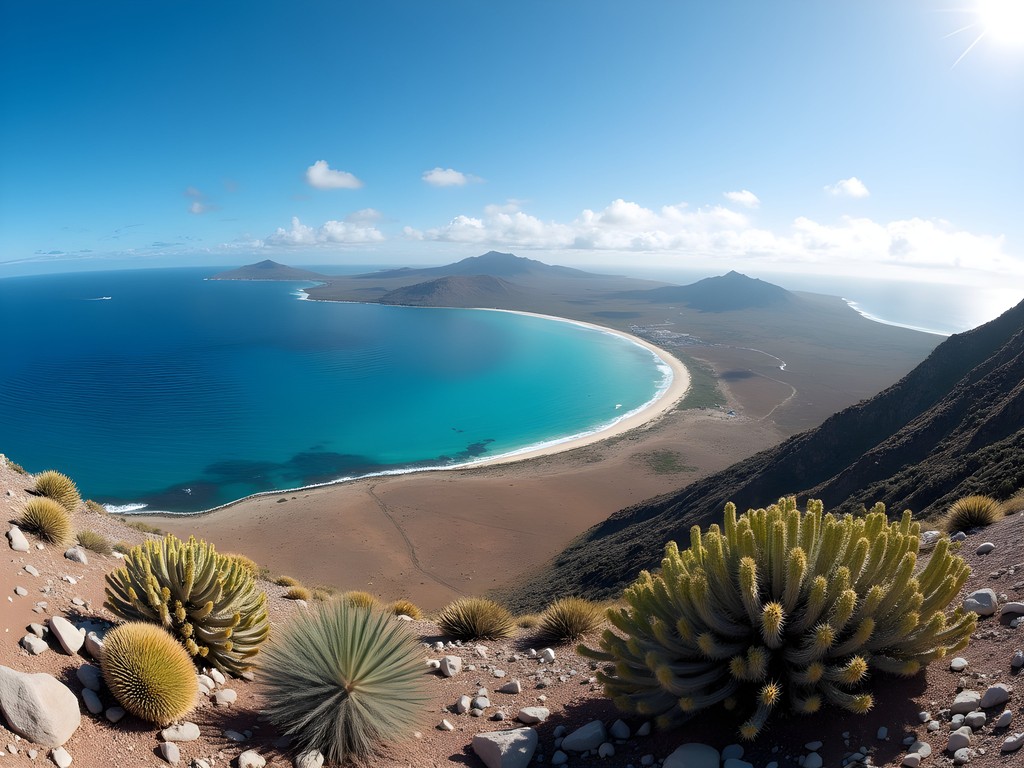
💡 Pro Tips
- Arrive at Washington Slagbaai National Park when gates open at 8:00 AM to maximize hiking time before peak heat
- Carry at least 3 liters of water per person—there are no water sources on trails
- The park's one-way road system means you can't backtrack—plan your stops carefully
Navigating Port Sudan's Red Sea Hills
The Red Sea Hills near Port Sudan present a stark contrast to Bonaire's accessible terrain. Rising dramatically from the coastline, these ancient mountains demand more serious preparation but reward the determined traveler with virtually untouched landscapes. After completing my manufacturing consultation in Port Sudan, I dedicated five days to exploring these underappreciated highlands.
Unlike Bonaire's established national park, the Red Sea Hills require local guidance. I connected with Mahmoud, a guide recommended by my hotel's management, who arranged our transportation and necessary permits. The bureaucratic process for hiking here isn't streamlined for tourists, making advance planning crucial. My document organizer became unexpectedly essential for keeping track of the various permits and identification papers required for checkpoints.
The terrain transitions rapidly from coastal plains to dramatic igneous formations, with some peaks exceeding 7,000 feet. We focused on the Erkowit region, about two hours from Port Sudan, where abandoned British colonial hill stations provide fascinating historical context amid surprisingly lush vegetation. The microclimate here creates foggy conditions even during winter, offering welcome relief from Sudan's characteristic heat.
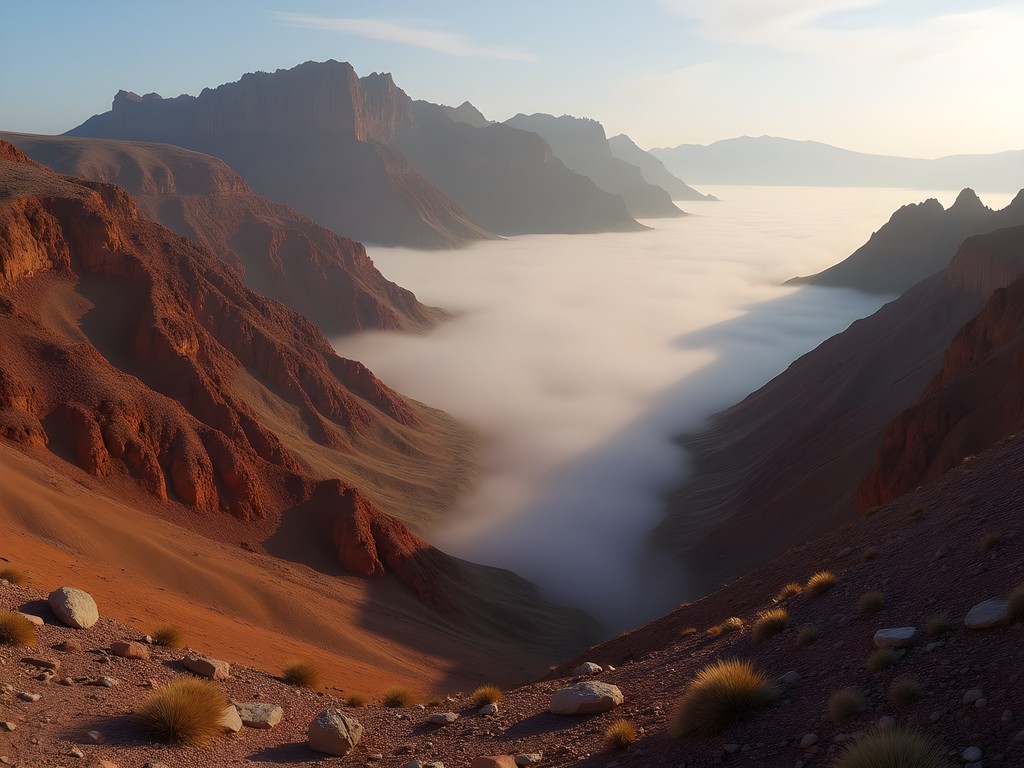
💡 Pro Tips
- Secure a reputable local guide through your hotel or a recognized tour operator—independent hiking is not advisable
- Budget extra time for obtaining necessary permits and clearing security checkpoints
- Pack layers—temperature variations between coast and highlands can exceed 25°F
Equipment Essentials for Coastal Highland Exploration
The contrasting environments of Bonaire and Sudan demand thoughtfully curated gear. For both locations, I relied on my hiking daypack which balances capacity with weight considerations—critical when hiking in heat. The side pockets easily accommodate water bottles, while the main compartment has sufficient space for safety essentials and layers.
Bonaire's intense UV exposure necessitates serious sun protection. Beyond standard sunscreen, my sun hoodie provided crucial coverage without overheating. The limestone terrain quickly shredded my first pair of hiking socks, teaching me to pack extras.
For Sudan, I added specialized gear: a dust mask for occasional sandstorms and a portable water filter as backup for my carried supply. The temperature fluctuations between coastal Port Sudan and the highlands meant carrying both lightweight clothing and a fleece layer.
Both destinations require careful attention to footwear. The sharp limestone in Bonaire and loose scree in Sudan's highlands will destroy inadequate hiking shoes. After testing multiple options across my travels, I've found mid-ankle boots with Vibram soles offer the best combination of support and durability for these challenging coastal mountain environments.
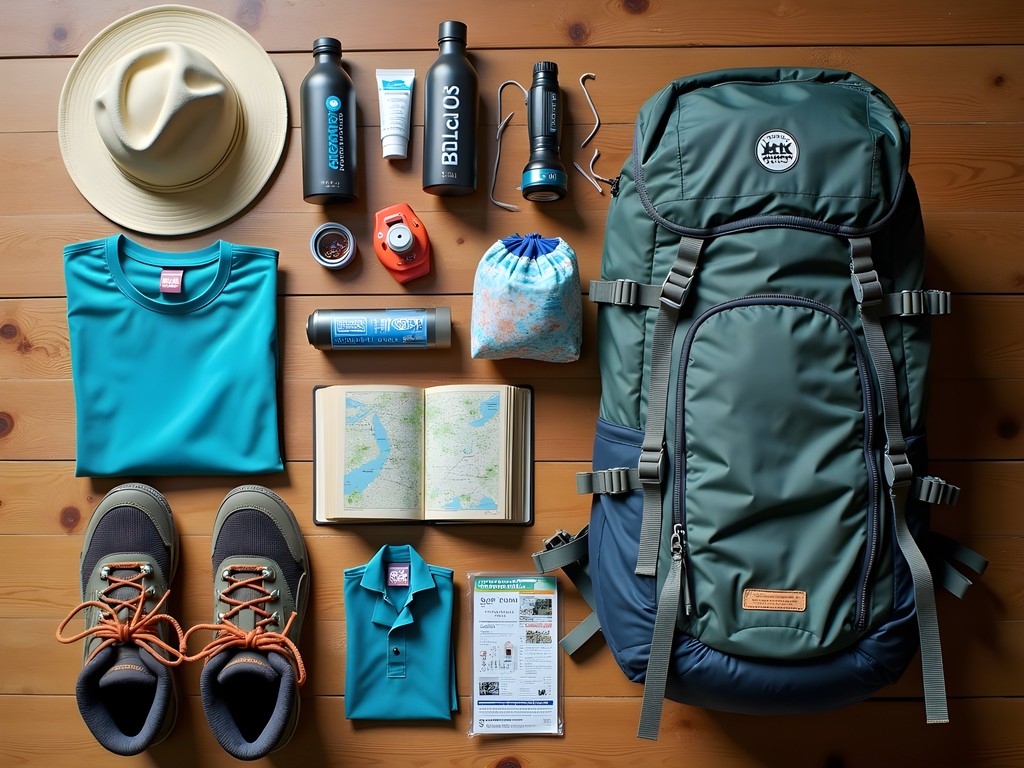
💡 Pro Tips
- Pack twice as many pairs of hiking socks as you think you'll need—rough terrain is brutal on footwear
- Use a hydration bladder rather than bottles for easier access to water while navigating difficult terrain
- Test all equipment before your trip—both destinations have limited options for replacing gear
Cultural Navigation: The Human Landscape
Perhaps the starkest contrast between these destinations lies not in their physical geography but in their cultural landscapes. Bonaire's tourism infrastructure makes solo travel straightforward, with English widely spoken and familiar Western conveniences readily available. I stayed at the charming Goood Resort Bonaire, a small eco-conscious property whose staff provided invaluable local hiking insights beyond typical tourist information.
Sudan presents a more complex proposition for the solo female business traveler. While I found Sudanese people overwhelmingly hospitable, the country's conservative social norms require thoughtful adaptation. I packed a travel scarf that served multiple purposes: sun protection, modest covering when appropriate, and an impromptu picnic blanket during breaks on our hikes.
In Port Sudan, relationship-building proved essential. My guide Mahmoud initially seemed reserved, but after sharing meals and conversations about our respective families, he went above and beyond to show me hidden mountain paths that aren't in any guidebook. When our vehicle developed a flat tire on a remote mountain road, his local connections meant help arrived within an hour—a reminder that in certain destinations, human connections are your most valuable resource.

💡 Pro Tips
- Learn basic Arabic phrases before visiting Sudan—even simple greetings open doors to meaningful connections
- In Bonaire, connect with the local hiking community through the STINAPA visitor center for current trail conditions
- Respect photography protocols—in Sudan, always ask permission before photographing people or government buildings
Logistical Realities: Transportation & Accessibility
Transportation logistics define the accessibility of both destinations' mountain regions. In Bonaire, I rented a 4WD vehicle directly at Flamingo Airport, giving me the freedom to explore Washington Slagbaai National Park according to my own schedule. The island's compact size means even the most remote trailheads are within an hour's drive from Kralendijk.
Sudan requires more complex arrangements. Port Sudan has limited rental options, and those available rarely meet Western safety standards. Instead, I arranged transportation through my hotel, with a driver and vehicle for the duration of my exploration. This added significantly to my budget but eliminated countless logistical headaches. The Red Sea Hills' remote locations mean carrying comprehensive emergency supplies is non-negotiable—cell service is virtually non-existent once you leave the main highways.
Both destinations suffer from limited public transportation to their highland regions. As a solo female traveler, I found Bonaire infinitely more accessible for independent exploration, while Sudan's mountains demanded a more structured approach with local support. That said, the extra effort required for Sudan yielded proportionally greater rewards in terms of solitude and untouched landscapes.
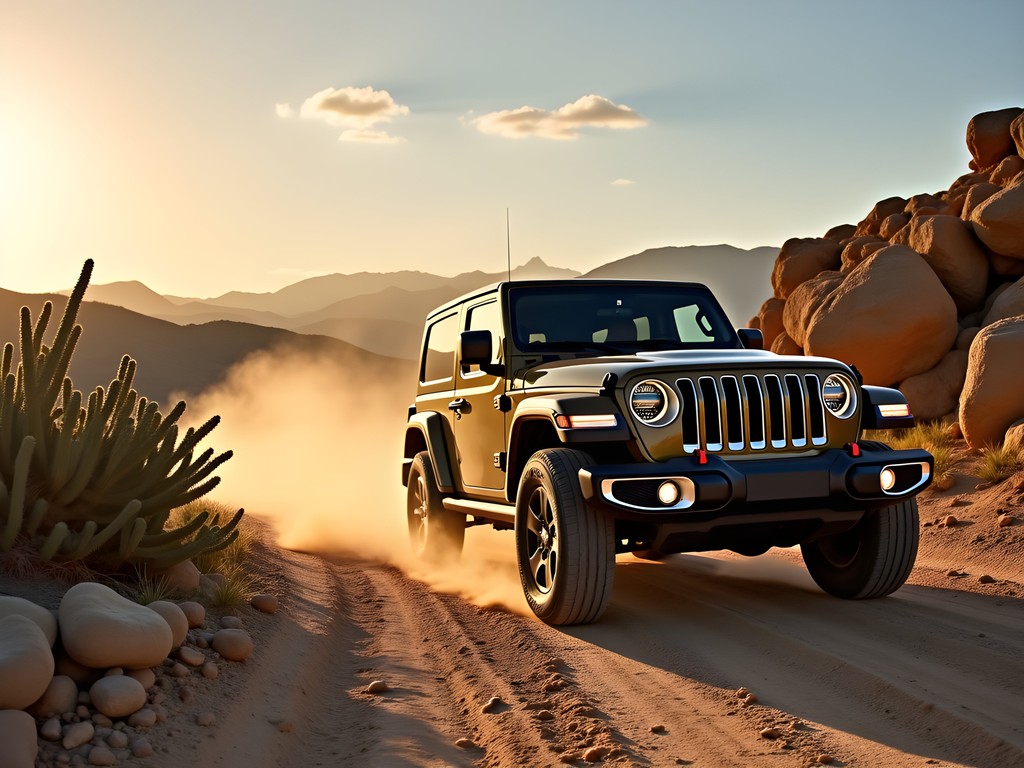
💡 Pro Tips
- Book 4WD vehicles well in advance for Bonaire—the limited rental fleet often sells out during high season
- In Sudan, negotiate transportation packages that include driver, fuel, and maintenance rather than daily rates
- Download offline maps for both destinations—Google Maps coverage is spotty in remote areas
Final Thoughts
Comparing Bonaire's accessible Caribbean highlands with Sudan's remote Red Sea mountains reveals a fundamental truth about adventure travel: the most rewarding experiences often emerge from unexpected destinations. As a business traveler who has transformed countless work trips into meaningful explorations, I've rarely encountered such a fascinating study in contrasts as these two coastal mountain regions.
Bonaire offers the perfect entry point for solo travelers seeking to combine Caribbean relaxation with moderate mountain adventure—all within a comfortable, logistically straightforward framework. Sudan's Red Sea Hills demand significantly more preparation, cultural sensitivity, and tolerance for uncertainty, but reward the persistent with truly off-the-beaten-path experiences that few Western travelers will ever witness.
Whichever coastal highland environment calls to you, remember that the key to meaningful mountain experiences lies in thorough preparation balanced with flexibility. Pack appropriately, respect local customs, build relationships with knowledgeable locals, and maintain an open mind when plans inevitably shift. The mountains—whether limestone formations bathed in Caribbean light or ancient igneous peaks rising from the Red Sea coast—have stood for millennia. They have much to teach the business traveler willing to extend their stay and venture beyond the meeting room.
✨ Key Takeaways
- Both destinations require early morning starts to avoid intense heat, though Sudan's highlands offer more temperature variation
- Solo female travelers will find Bonaire significantly more accessible, while Sudan offers deeper cultural immersion and more pristine landscapes
- Proper footwear, sun protection, and water capacity are non-negotiable for both destinations
📋 Practical Information
Best Time to Visit
December-February for both destinations (winter dry season)
Budget Estimate
$2,500-3,500 for Bonaire (7 days), $3,500-5,000 for Sudan (7 days) including guides
Recommended Duration
Minimum 3 days in Bonaire's highlands, 5 days for Sudan's Red Sea Hills
Difficulty Level
Moderate For Bonaire, Challenging For Sudan
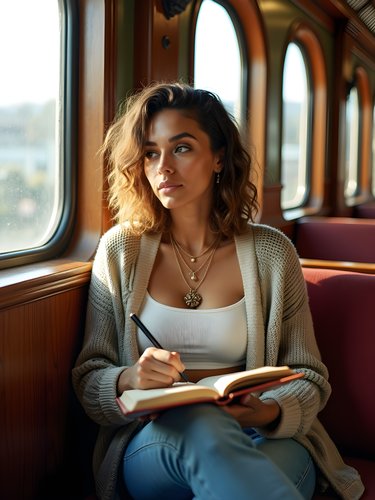
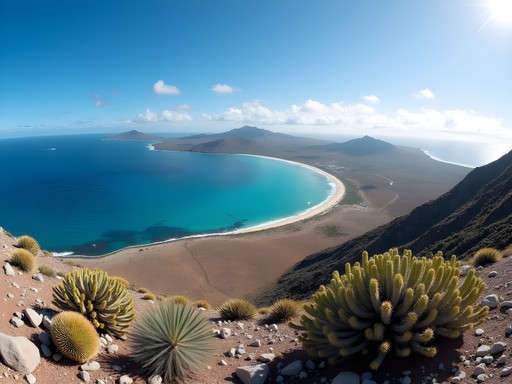
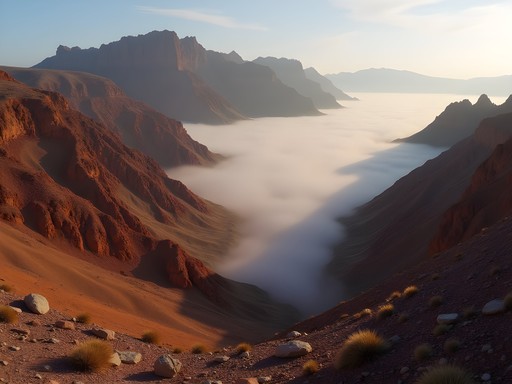

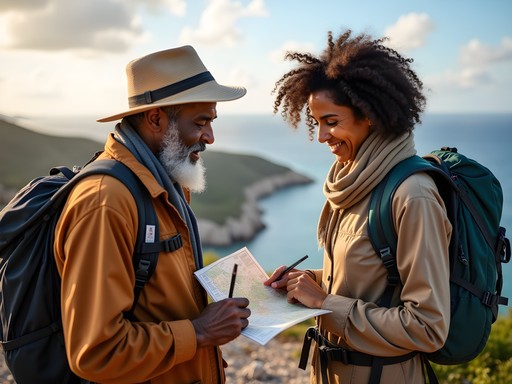
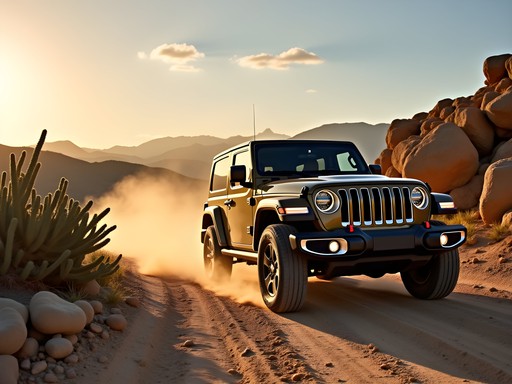




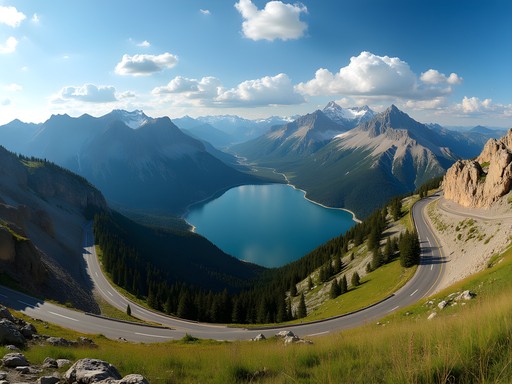
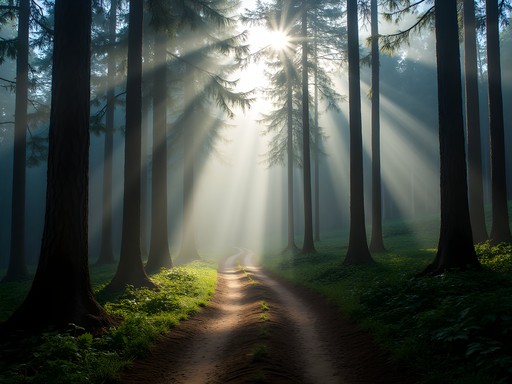
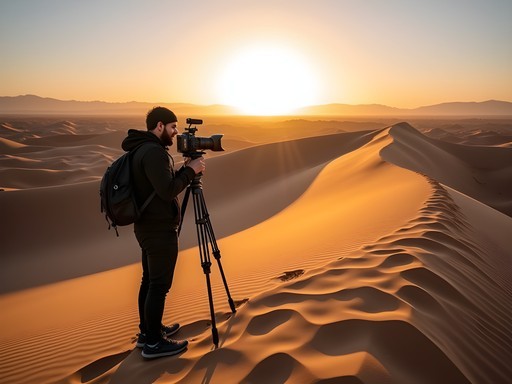
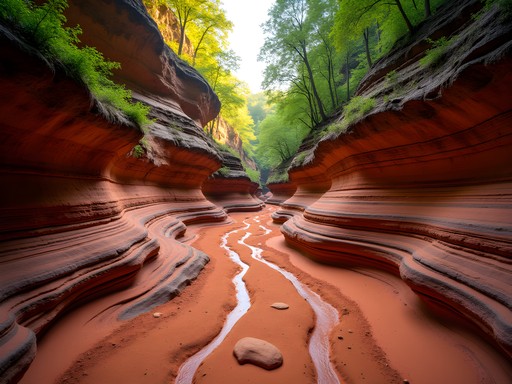


Comments
waveexplorer
Those sunset photos from the Red Sea Hills are INCREDIBLE! Never would have thought to compare these two places but it totally works. Adding both to my bucket list!
mountainperson6563
Great post! What kind of footwear would you recommend for these coastal highlands? Planning a similar trip soon.
cityking
Not the author, but I used lightweight hiking boots in Bonaire and they were perfect - enough ankle support for the rocky terrain but not too hot. Can't speak for Sudan though!
Abigail Matthews
Cityking's recommendation is spot on for Bonaire! For Sudan, I'd definitely go with closed, sturdy hiking boots with good ankle support. The terrain in the Red Sea Hills can be quite loose and rocky, and medical facilities are limited if you get injured.
sunnylife
Bonaire looks amazing! Added to my bucket list!
Claire Hawkins
What a fascinating comparison! I visited Bonaire with my family last year and we were surprised by how much the kids enjoyed the hiking trails in Washington Slagbaai. The salt pans and flamingo spotting were highlights for them. We used our hiking backpack carrier for our toddler which was a lifesaver on the longer trails. I'm curious though - did you find the cultural interactions in Sudan significantly different from Bonaire? I imagine there would be quite a contrast in how tourists are received.
Abigail Matthews
Claire, that's wonderful your family enjoyed Bonaire! The cultural differences were indeed striking. In Bonaire, tourism is well-established and interactions felt familiar. In Sudan, particularly in the more remote areas near the Red Sea Hills, I found people incredibly hospitable but less accustomed to foreign visitors. Every tea invitation became a cultural exchange that required more patience and cultural sensitivity. Both beautiful experiences, just requiring different approaches!
cityking
Just got back from Bonaire last month and can confirm the Washington Slagbaai hikes are incredible! The contrast between the desert-like terrain and the turquoise sea views blew my mind. Didn't make it to Sudan though - how was the security situation there? I've always been curious but hesitant about visiting.
Abigail Matthews
Great to hear you enjoyed Bonaire! Regarding Sudan, I was there for work and had local guides. The Red Sea Hills are stunning, but I wouldn't recommend independent travel right now. The coastal areas near Port Sudan were relatively stable during my visit, but the situation can change quickly. Always check current advisories and consider going with established tour operators if you decide to visit.
wanderqueen
This is so cool! I've been to Bonaire for diving but never thought about hiking there. How difficult would you say the trails in Washington Slagbaai are for beginners?
Abigail Matthews
Thanks for asking! Most of the trails in Washington Slagbaai are actually quite manageable for beginners. There are several well-marked paths that offer stunning views without requiring technical hiking skills. Just bring plenty of water and sun protection - it gets HOT out there!
wanderqueen
Perfect! Adding this to my itinerary for my return trip. Thanks!
Adam Nichols
Fascinating comparison, Abigail. Having spent considerable time in both regions, I'd add that the geological formations tell completely different stories. Bonaire's limestone terraces speak to its coral reef origins, while Sudan's Red Sea Hills showcase ancient volcanic processes and tectonic activity. For serious hikers considering Sudan, I recommend connecting with local Beja guides rather than commercial operators - they know hidden water sources and shelter spots that aren't on any map. One critical note about your equipment section: I'd emphasize satellite communication even more strongly for Sudan. Cell coverage disappears completely just kilometers outside Port Sudan, and weather changes can make certain passes impassable with little warning.
vacationphotographer
Those photos of the contrast between blue water and rugged terrain are STUNNING!!! What camera setup did you use for the landscape shots? I'm heading to Bonaire in November and want to capture those same dramatic landscapes!!! The lighting looks so perfect!
travelpro
Not the author but I used my mirrorless camera with a polarizing filter in Bonaire and it worked wonders for those water-to-land contrast shots. The polarizer is key for cutting glare off the water.
blueninja
This comparison is AMAZING! I'm actually heading to Bonaire next month for a diving trip but now thinking I should add a day for Washington Slagbaai! Would you say it's doable as a half-day trip if we're staying in Kralendijk? And are the trails well-marked or should we hire a guide?
beachphotographer
Not the author but we did it as a half day from Kralendijk! Totally doable but start EARLY to beat the heat. The main roads are well marked but some hiking trails are a bit confusing. Bring more water than you think you need!
blueninja
Thanks so much for the tips! Early start it is. Can't wait!
Douglas Bradley
Abigail, this is exactly the kind of comparative analysis that's missing from mainstream travel literature. I spent three weeks in Sudan's Red Sea Hills in 2024 documenting traditional Beja communities, and your observations about the cultural navigation required there are spot-on. The terrain demands respect, but so do the social customs. One thing I'd add about equipment - a good satellite communicator is absolutely essential for the Sudan highlands. I used my satellite messenger daily there, as cell coverage is virtually non-existent once you're beyond the coastal road. Did you notice any significant differences in how locals in both regions relate to their mountainous landscapes? In Sudan, I found the mountains were deeply integrated into cultural identity in ways I didn't observe in Bonaire.
blueninja
Douglas - how difficult was it getting permits for hiking in the Red Sea Hills? I've heard conflicting info about access restrictions.
Douglas Bradley
It's complicated but doable. You need a travel permit from Khartoum, plus local permissions. Working with a trusted local guide who has connections with regional authorities makes all the difference. The bureaucracy is the hardest part, not the terrain!
Venture X
Premium card with 2X miles, $300 travel credit, Priority Pass